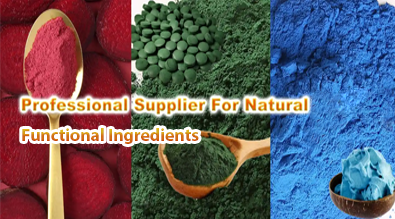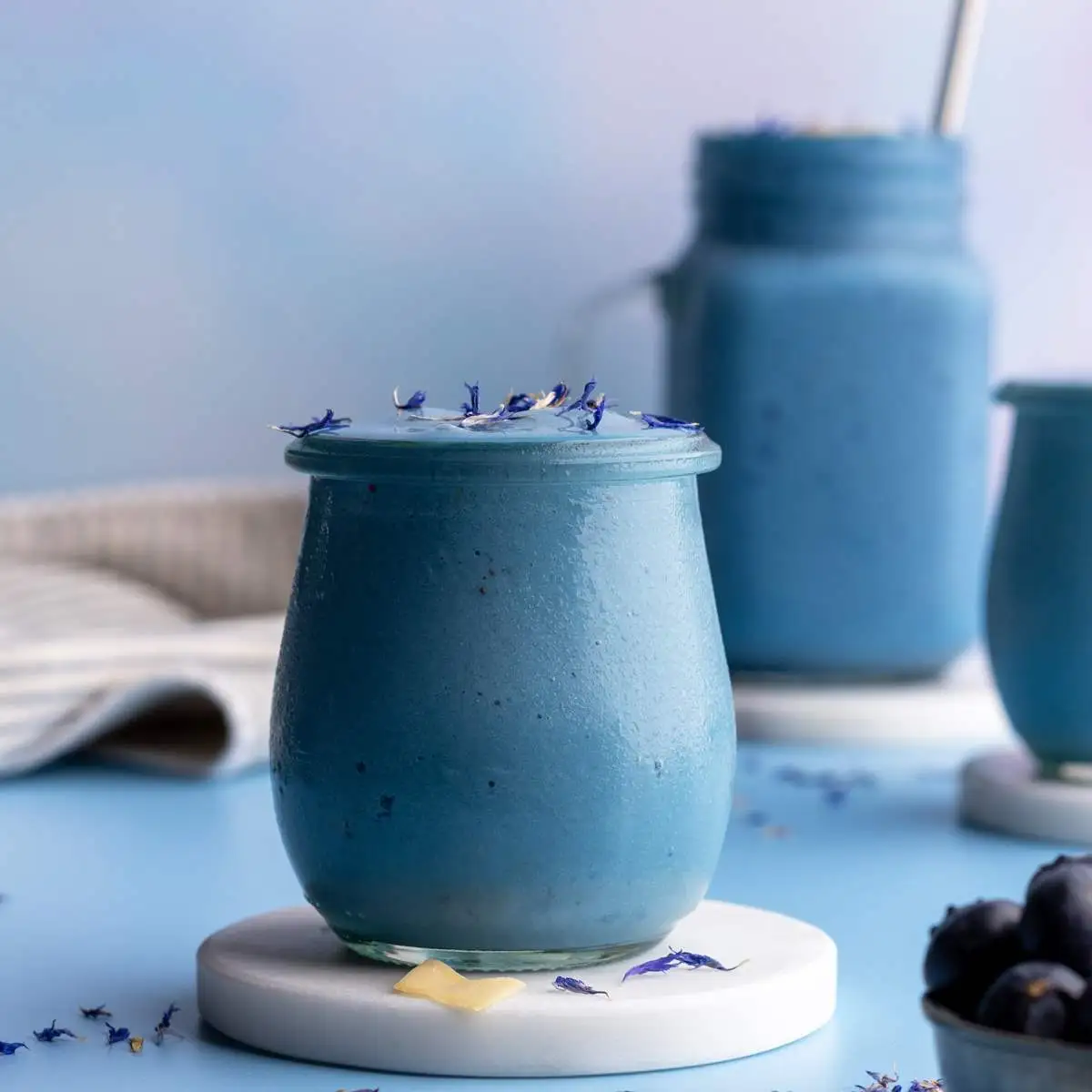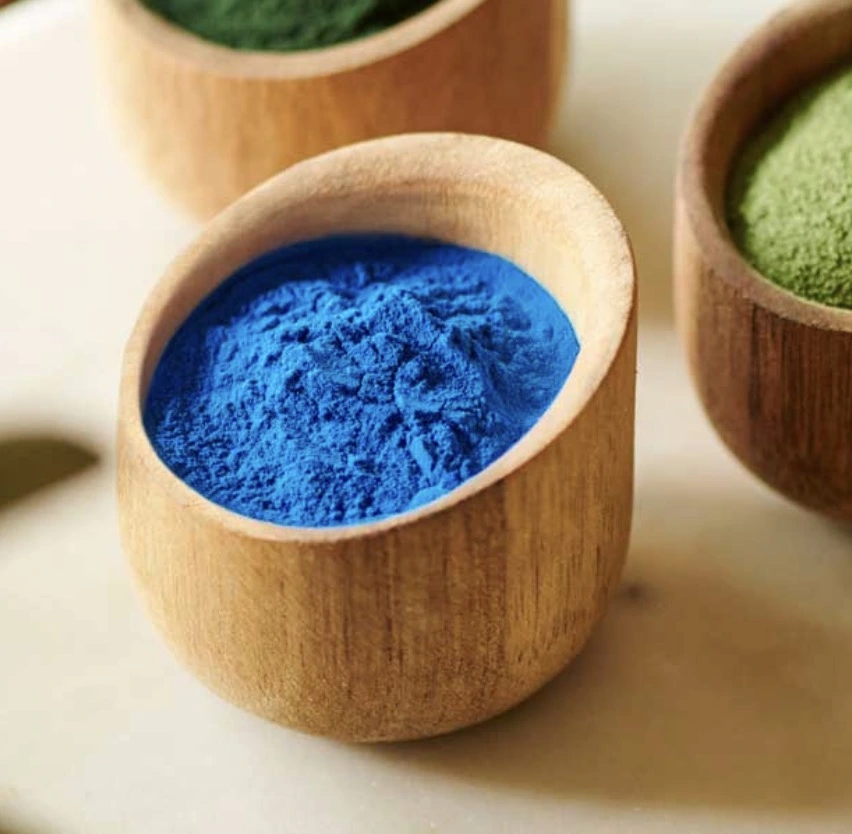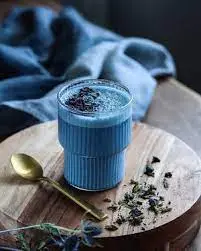Purple Sweet Potato Red Pigment E163 Explained Simply
Purple sweet potatoes have been gaining popularity not just for their vibrant color and delicious taste, but also for their powerful nutritional benefits. One of the most intriguing components of these royal-hued tubers is the purple sweet potato red pigment, also known as E163. This natural food coloring has been capturing the attention of health enthusiasts and food manufacturers alike. Let's dive into the world of purple sweet potato red pigment E163 and uncover its secrets.

Health Benefits of Purple Sweet Potato Red Pigment
The striking purple color of sweet potatoes isn't just for show. It's a testament to the potent antioxidants called anthocyanins that give these tubers their royal hue. These compounds are more than just pretty pigments; they're powerhouses of health benefits.
Anthocyanins, the primary component of E163, are renowned for their anti-inflammatory properties. They help combat oxidative stress in the body, which is linked to various chronic diseases. Research suggests that regular consumption of anthocyanin-rich foods may contribute to a reduced risk of cardiovascular diseases and certain types of cancer.
Moreover, the purple sweet potato red pigment has been associated with improved cognitive function. Some studies indicate that it may help protect brain cells from damage and even enhance memory. This makes E163 not just a colorful addition to your plate, but a potential brain-boosting ingredient.
The benefits don't stop there. E163 has also shown promise in supporting eye health. The antioxidants in this pigment may help protect the retina from damage caused by blue light exposure, potentially reducing the risk of age-related macular degeneration.
It's worth noting that while purple sweet potato powder and ube (purple yam) are often confused, they are distinct. Both offer health benefits, but purple sweet potato is the source of E163. This distinction is crucial for those seeking the specific benefits associated with purple sweet potato red pigment.

How E163 is Used in Food and Cosmetics?
E163, derived from purple sweet potatoes, has found its way into a myriad of applications in both the food and cosmetic industries. Its versatility as a natural colorant makes it a popular choice for manufacturers looking to move away from synthetic dyes.
In the food industry, purple sweet potato red pigment E163 is used to impart a range of colors from pink to purple in various products. You might find it in:
- Beverages: Fruit juices, energy drinks, and even some alcoholic beverages use E163 for a vibrant purple hue.
- Dairy products: Yogurts, ice creams, and flavored milk often incorporate this natural pigment.
- Confectionery: Candies, gummies, and even some chocolates may use E163 for coloring.
- Baked goods: Cakes, cookies, and pastries can benefit from the natural coloring properties of E163.
The cosmetic industry has also embraced E163. Its natural origin and rich color make it an attractive option for:
- Lipsticks and lip glosses
- Blushes and eyeshadows
- Natural hair dyes
- Skincare products claiming antioxidant benefits
Interestingly, E163 isn't limited to purple hues. Depending on the pH of the product it's added to, it can produce a range of colors from pink to blue. This pH-dependent color change makes it a versatile option for food and cosmetic formulators.
The use of E163 extends beyond mere aesthetics. In some cases, it's used to replace synthetic dyes that have fallen out of favor due to health concerns. As consumers become more conscious about the ingredients in their food and personal care products, natural colorants like purple sweet potato red pigment E163 are likely to see increased demand.
It's worth noting that while E163 is derived from purple sweet potatoes, it's not the same as purple sweet potato flour. The latter is used more for its nutritional content and flavor in baking and cooking, while E163 is primarily used for its coloring properties.

Is Purple Sweet Potato Red Pigment Safe to Consume?
When it comes to food additives, safety is paramount. The good news is that E163, derived from purple sweet potatoes, is generally recognized as safe (GRAS) by regulatory bodies worldwide.
The European Food Safety Authority (EFSA) has evaluated E163 and found no safety concerns at the reported uses and use levels. In the United States, anthocyanins from fruits and vegetables are exempt from certification as food colorants by the FDA, indicating their safety for consumption.
However, as with any food component, moderation is key. While purple sweet potatoes can be eaten daily in reasonable amounts, consuming excessive amounts of concentrated purple sweet potato red pigment E163 is not recommended. This is not due to toxicity concerns, but rather to maintain a balanced diet and avoid potential overconsumption of any single nutrient.
It's important to note that while E163 is derived from a natural source, it undergoes processing to extract and concentrate the pigment. For those seeking whole food nutrition, consuming purple sweet potatoes in their natural form may be preferable. Allergic reactions to E163 are rare, but as with any food component, individual sensitivities can occur. If you have concerns about consuming E163, it's always best to consult with a healthcare professional.
Conclusion
In conclusion, E163 from purple sweet potatoes offers a safe, natural alternative to synthetic food colorants. Its rich purple hue not only enhances the visual appeal of foods and cosmetics but also brings potential health benefits. As research continues to uncover the properties of this fascinating pigment, we may see even more applications in the future.
If you're interested in learning more about purple sweet potato red pigment E163 or other natural plant extracts for use in food, beverages, or dietary supplements, don't hesitate to reach out to us at info@yanggebiotech.com. At Yangge Biotech Co., Ltd., we're committed to providing high-quality, innovative natural solutions to meet your needs.
References
1. Johnson, A. et al. (2021). "Anthocyanins from Purple Sweet Potato: Extraction, Characterization, and Health Benefits." Journal of Agricultural and Food Chemistry, 69(15), 4312-4322.
2. Smith, B. & Jones, C. (2020). "E163: A Natural Alternative to Synthetic Food Colorants." Food Science & Technology, 34(2), 78-85.
3. Lee, Y. et al. (2019). "Purple Sweet Potato Pigments in Food Industry Applications." Comprehensive Reviews in Food Science and Food Safety, 18(5), 1541-1556.
4. Brown, M. (2022). "Safety Assessment of E163 in Food and Cosmetic Products." International Journal of Toxicology, 41(3), 201-210.
5. Garcia, R. & Thompson, T. (2020). "Antioxidant Properties of Purple Sweet Potato Pigments: Implications for Human Health." Nutrition Reviews, 78(6), 463-477.

Based on your location and order quantity, you will have the opportunity to receive a limited time free shipping promotion!

Who we are


